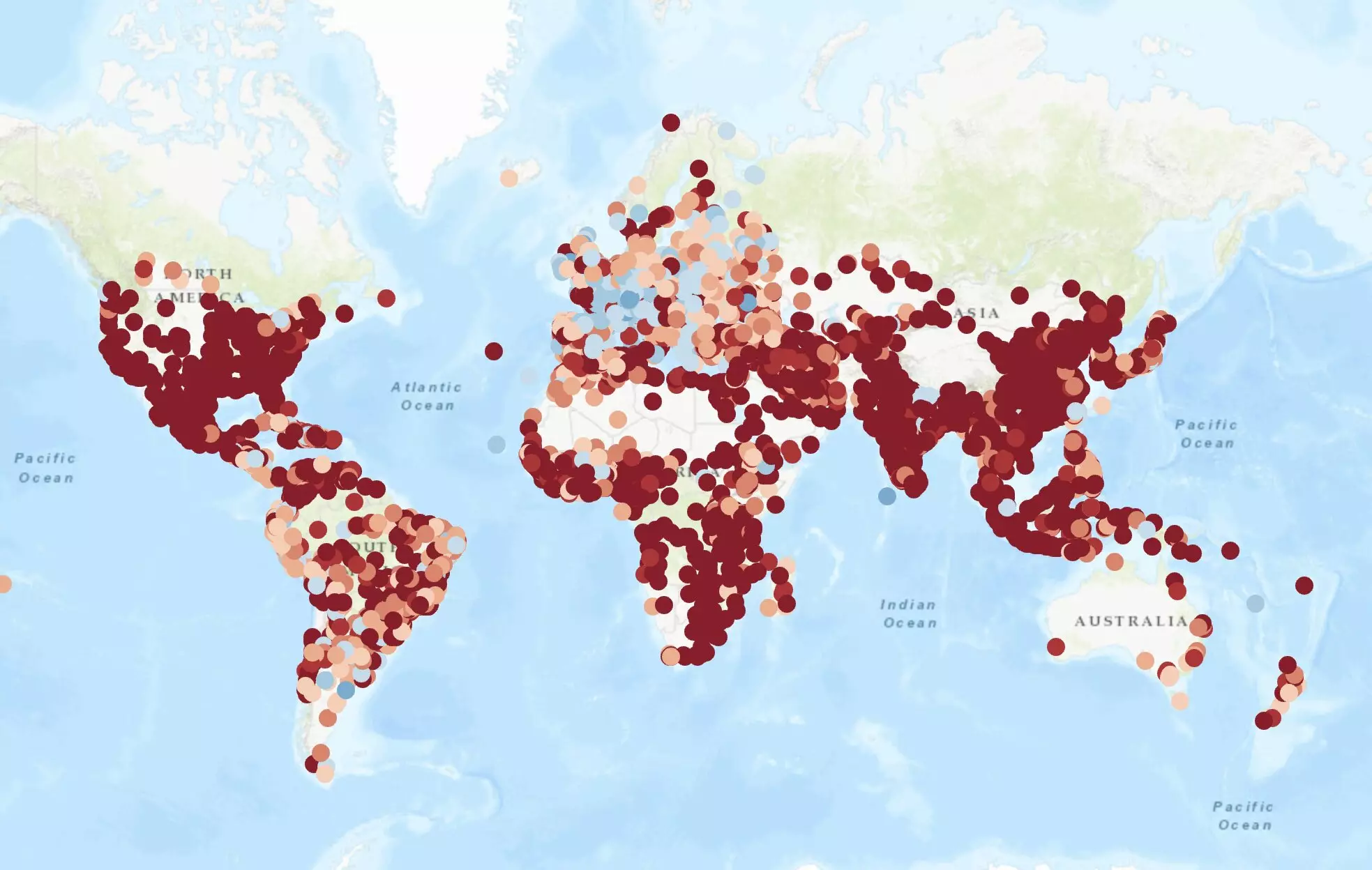The 15-minute city concept is rapidly gaining traction as urban areas strive to respond to the increasing complexity of modern life. The premise is simple yet powerful: every resident should have access to essential services—such as healthcare, education, and transportation—within a 15-minute walk or bike ride from their homes. This notion champions efficiency, sustainability, and social cohesion by transforming urban landscapes into environments where citizens can enjoy a higher quality of life without the excessive dependency on automobiles. As populations continue to migrate towards urban centers, the urgency to address critical challenges like traffic congestion, pollution, and social isolation has never been greater.
As a global phenomenon, the 15-minute city not only caters to practical needs but strives to enhance emotional well-being by fostering community connections. Urban dwellers increasingly find themselves grappling with lengthy commutes, limited access to essential services, and a diminished sense of belonging. In this context, the concept serves as a guiding principle for reimagining city life in a way that puts people at the center.
A recent study published in Nature Cities, spearheaded by Vittorio Loreto and his research team, quantifies how cities worldwide measure up to the 15-minute city ideal. Their innovative approach not only highlights disparities in accessibility but also illuminates the pervasive urban inequality that exists in various regions. By employing an open-access platform (whatif.sonycsl.it/15mincity), users can assess and compare their cities’ performance in terms of service accessibility.
According to Loreto, the findings reveal significant contrasts in service availability, often reflecting socioeconomic divides. While European cities, like Vienna, shine as exemplars of accessibility, many urban areas across the United States, Africa, and parts of Asia lag considerably, necessitating longer durations to reach necessary services. This disparity raises critical questions about urban planning and resource allocation—are some neighborhoods becoming exclusive enclaves, accessible only to wealthier residents?
In response to these disparities, the research team developed a “relocation algorithm” meant to explore how urban resources can be effectively redistributed. This tool holds the potential to calculate the necessary adjustments to service accessibility within urban landscapes, paving the way for reducing inequalities. Loreto emphasized that merely enhancing transportation options may not suffice in achieving the 15-minute city; rather, it may require a rethinking of how essential services are geographically distributed within cities.
The algorithm also simulates a city’s capacity to adapt as services increase, elucidating the various paths cities can take toward fulfilling the 15-minute framework. The implications of this research extend far beyond theoretical boundaries; they offer a roadmap for urban planners and policymakers, enabling them to envision tailored solutions rather than adopting a cookie-cutter approach to city development.
Loreto’s research underscores the necessity of shifting from a time-centric model to one that emphasizes value-based urban planning. This new paradigm considers various factors that contribute to a city’s livability, such as population density, cultural diversity, and socioeconomic conditions. By integrating these aspects into urban design, planners can create inclusive environments that cater to diverse populations and foster collaboration among residents.
The importance of addressing these challenges extends beyond mere efficiency; it integrates a broader vision for community engagement, resilience, and democratic governance, resulting in cities that reflect the aspirations and needs of all inhabitants. Essentially, the 15-minute city can serve as a template for envisioning cities that are not only accessible but also rich in opportunities for all.
Creating equitable cities bears enormous benefits in the long run. Accessibility to vital services like healthcare, education, and culture empowers individuals, enhancing their role as informed global citizens. As urban areas become more hospitable, residents can nurture meaningful connections, share knowledge, and express creativity through collaboration and mutual support.
The 15-minute city is more than just a theoretical model; it represents a fundamental shift in how society understands urban living. By customizing approaches to urban planning and prioritizing access to essential services, cities can move closer to becoming vibrant, equitable environments that truly cater to their diverse populations. Thus, the quest for livable cities is not just about enhancing physical accessibility, but it fundamentally hinges on a commitment to social inclusivity and cohesion, as we venture into a more interconnected, urban future.


Leave a Reply